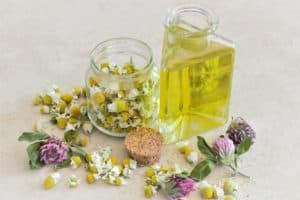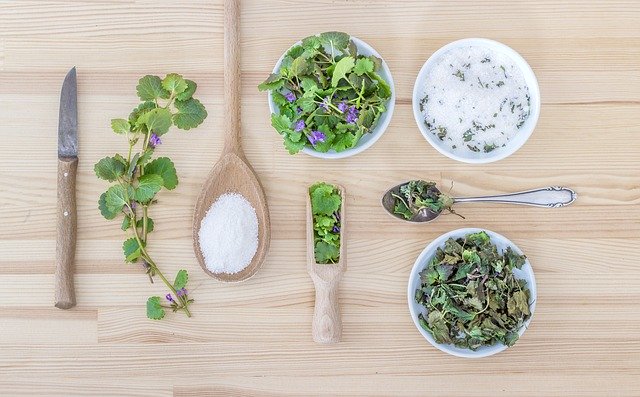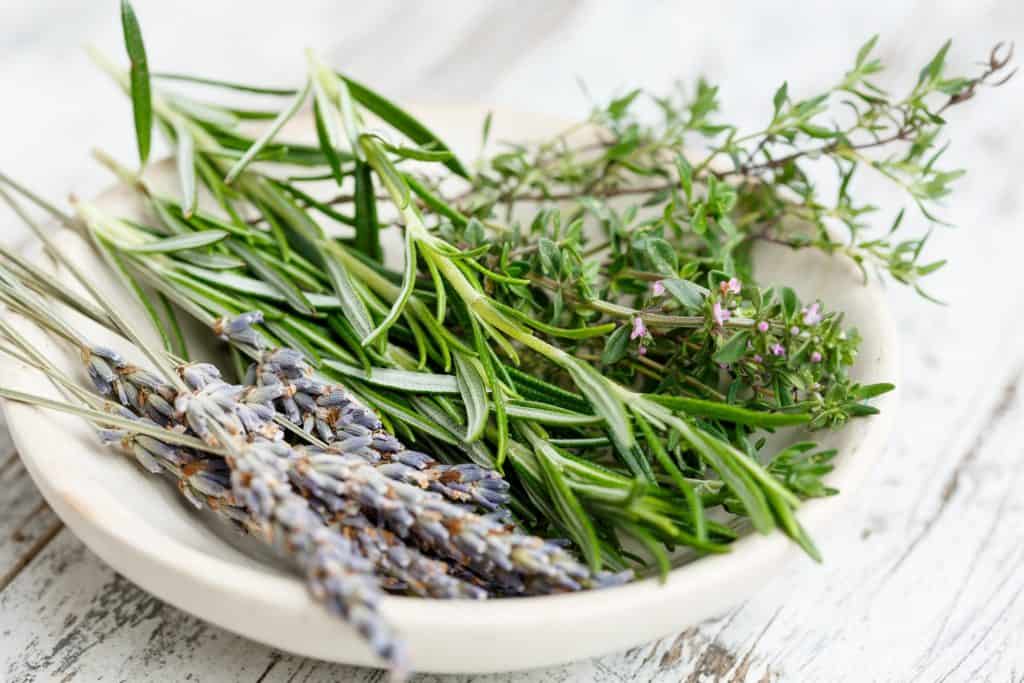Plant Medicine to Make in the Fall
Plant medicine to make in the fall. As a home herbalist/green witch, fall is one of my favorite times to make up batches of herbal potions. When we make plant medicines in the fall, we’re usually using plants that are best harvested at the end of the growing season. Often this will be the roots of plants that are then used in our preparations. Sometimes, it also includes other parts of the plants.
In this 6th post in the plant medicine series, Plant Medicine to Make in the Fall, we will look at 4 plant medicine items you can make this fall.
First things first – safety in plant medicine
For safety, it’s important to know for sure what you’re using. If you can’t positively identify plants, then buy them online or in the health food store. Safety is essential when you’re crafting your own herbal remedies.
Tip: mountainroseherbs.com is a good option for buying the supplies you’ll need.
Harvesting your herbs
If you’re growing your own herbs or harvesting them in the wild, you can begin to collect plants beginning in the spring and continuing over the summer and fall months.
Note: Plant Medicine to Make in the Fall doesn’t require that you use only plant materials collected in the fall. They can be plants you’ve harvested at any time, as long as they’re dried and stored properly.
Each plant will have a best time to harvest, and a good book on herbs can help you decide when’s the best time to harvest the plants you want to begin working with.
Tip: Check with your local library to see what they have on their shelves, before you buy one. It’s easy to invest a lot of your hard-earned money in books. I speak from experience on this one.
Over the fall and winter months, when things have stopped growing outside and the snow flies, you can experiment with making salves and other plant remedies from the herbs you’ve collected. It’s a fun project to look forward to when the weather keeps you from doing anything else. These items can make delightful gifts for your friends and family for the holidays too.
Plant Medicine to Make in the Fall #1: Elderberry Syrup
One of the popular things folks like to make in the fall is elderberry syrup for the coming cold and flu season. Elderberry syrup doesn’t keep very long in the refrigerator, so you’ll need to make this often over the winter months. As your supply depletes, it will be time to make more.
Elderberry Syrup Recipe
This simple recipe is a must-have for many home herbalists. It’s made fresh each season and used to help keep from getting sick when the cold and flu season arrives each year.
Use about 1 cup of dried elderberries and 3 cups of water. Boil that for 40 minutes or so. Then strain out the berries and pour them into a clean jar. Add 1 cup of honey and mix. You can adjust the ratios up or down to make the right size batch for you. Store in refrigerator.
You can add other ingredients, like ginger, to your elderberry syrup. Experiment to find the ingredients that you like to add (or not), depending on your preference.
If you’d like to try a recipe that adds in other ingredients, here’s a recipe that uses ginger, cinnamon, cloves, and orange peel. I haven’t personally tried it, but it sounds delightful.
You might also like this post: Plant Profiles: Elderberries
Tip: If you’d like to grow your own elderberry bushes, check with your local extension office to see if they offer them for sale. My local one does, and yours might too.
Plant Medicine to Make in the Fall #2: Infused Echinacea Oil
Fall is the time to harvest echinacea root. You can infuse it with oil, storing it in a cool, dark place for several weeks. Once finished, and the plant material strained out, you’ll have an infusion for your healing salves, soaps, and skincare products.

Plant Medicine to Make in the Fall #3: Healing Salves
Speaking of making salves, soaps, and skincare products, many of the infusions you may have started making in the spring, like dandelion, plantain, and comfrey, can now be used to make some salves. Anti-itch salves and good-for-everything salves can be made with echinacea, plantain, comfrey, and beeswax.
Plant Medicine to Make in the Fall #4: Slippery Elm Cough Drops
Slippery elm has wonderful soothing properties to the throat. It’s made from the bark of an elm tree, gathered in the spring, then dried and made into a powder. To make a cough drop, mix the powder with honey and form it into balls. Keep these stored in the refrigerator. The next time you feel a sore throat coming on, you can pop one of these in your mouth and let the healing slippery elm coat your throat, helping to soothe the pain. It also helps ease coughing.
Tip: It’s easiest to buy this material.
Summary of Plant Medicine to Make in the Fall
Start with items easily made in your own kitchen before tackling more complex recipes. When making your own herbal recipes, allow yourself to feel joy and set an intention that your preparations be for the highest and greatest good. This adds a bit of “magic” to your results and your day. (You can do this anytime you’re preparing food!) If you practice Reiki or another energy modality, use that with your preparations too, just for that added little boost.
Most of all, enjoy the time you spend with your plant medicines.
Did you miss any of the other posts in this series?
You can find them here:
Post #1 – What is Plant Medicine? The Basics.
Post #2 – Learning Plant Medicine for Beginners
Post #3 – Start Your Own Home Apothecary: Tools & Methods
Post #4 – How to Make Herbal Infusions
Post #5 – 8 Plant Medicines Found in Your Kitchen
See you next time! Blessed Be.
Disclaimer: I’m not a medical doctor, an herbalist or an aromatherapist. This article isn’t intended to be medical advice. Not all plants are safe to use. Some are toxic and can be deadly. Others may cause an allergic reaction in some people. Always consult your doctor, healthcare provider, qualified herbalist or aromatherapist before using any type of plant medicine or essential oil.



